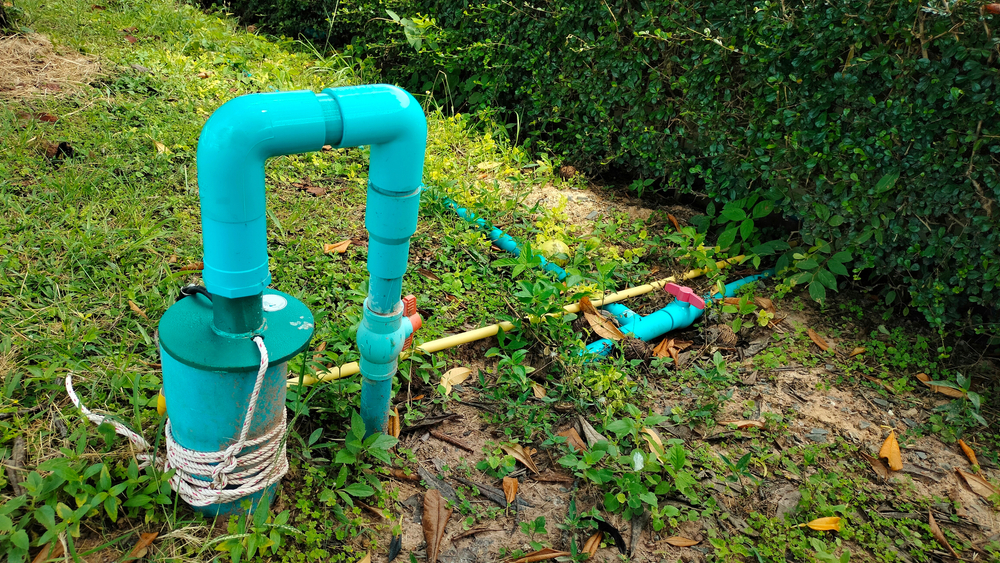
Have you ever wondered how submersible water pumps work and what goes on beneath the surface? This technology powers many of the comforts we take for granted – from pumping out standing water in our cellars to keeping our aquariums clean – but how exactly do these underwater wonders operate? In this blog post, we’ll be profoundly diving into the mysterious inner workings of these fantastic pieces of equipment and uncovering the secrets behind how they operate. From the mechanics of the pumps to their design features, we’ll explore it all to help you better understand How Submersible Water Pumps Work.
What Is a Submersible Water Pump?
A submersible water pump is a device that can both draw and expel liquid from within an enclosed area. These pumps are designed to be submerged in the liquid they’re pumping, so they work best when used underwater or in other wet environments. Submersible pumps come in many shapes and sizes, ranging from small aquarium models to large industrial pumps draining flooded basements. They have been around since the late 19th century and have become popular due to their ability to operate quietly and efficiently over extended periods.
How Do Submersible Water Pumps Work?
The first step in understanding how submersible water pumps work is to examine the four main components that make up the device. By breaking down these complex mechanisms into their parts, you can better understand how each piece works together to keep your home safe from flooding and clean water flowing smoothly throughout your property.
These pumps are typically powered by electricity and consist of four primary components: the motor, impeller, volute casing, and diffuser. The engine is responsible for turning the impeller – a type of rotor with blades – to create suction. The motor generates electricity, turning the impeller, creating suction, and drawing liquid into the pump’s volute casing. This suction pulls fluid into the pump’s volute case, passing through a diffuser that helps regulate pressure before being expelled. Many submersible pumps also come equipped with float switches or pressure sensors, which can detect when levels become too high or low and allow for automatic shutoff functions in an emergency.
The Benefits of Installing a Submersible Pump for Your Home:
Submersible water pumps offer a variety of benefits for residential and commercial applications. They are generally much quieter than standard pumps, ideal for noise-sensitive areas such as bedrooms or living rooms. Submersible models also require less maintenance since they can be left unattended while running, allowing you to rest easy, knowing your home is safe from flooding. Additionally, many submersible pumps come with specialized features such as pressure sensors that automatically shut off the pump when levels become too high or low; this helps protect your property and the pump itself from any potential damage due to extreme conditions.
Overall, submersible water pumps provide an effective, efficient way to keep liquid moving throughout your home without compromising safety or sound.
How to Make Submersible Water Pumps Always Work Perfectly?
Though submersible water pumps are generally reliable, they can fail for various reasons. To increase the lifespan of your pump, it’s essential to maintain and service it regularly and correctly. Check for any signs of wear or damage and clean out any debris that could clog up the impeller blades or volute casing. Additionally, if you notice an odd noise coming from your pump or that liquid is not moving correctly through the system, contact a professional immediately so they can investigate further.
Overall, with proper maintenance and servicing, submersible water pumps will continue to provide adequate protection against flooding while helping keep your aquarium clean – allowing you to enjoy all the benefits.
Inspecting and Maintaining Your Submersible Pump
Submersible water pumps have become increasingly popular in recent years due to their ability to reach depths that other types of pumps cannot. However, it is essential to remember that great power comes with great responsibility, which applies to submersible water pumps. Keeping your pump in top condition requires regular inspection and maintenance to ensure its longevity and efficiency. The first step is understanding how a submersible water pump works so you can identify any potential issues early on.
At a basic level, a submersible water pump consists of two parts: an electric motor located above ground and an impeller (centrifugal) below ground connected by a long shaft. When electricity passes through the engine, it spins the impeller, creating a suction that pulls water from the source. The impeller then creates pressure to push the water through the pipes and out of the pump.
It is essential to check for any signs of wear or damage which can cause your pump to malfunction, become noisy or lose efficiency. Regularly inspecting every part of your pump system will help you detect potential problems before they lead to costly repairs or replacements. Additionally, it is essential to periodically check for water leaks as this can lead to a decrease in pressure and an increase in energy costs.
Final Thought
Submersible water pumps are essential for protecting your home or business from flooding. Understanding how they work and regularly inspecting and maintaining them is critical to ensuring a long lifespan of efficient operation. With the proper maintenance and repair, submersible water pumps will continue to provide adequate protection against floods while helping reduce energy costs in the long run.



